How to Get into Drone Photography

Who knew a few years ago that we would have easy access to devices that would allow anyone to do aerial photography? Who knew that these unmanned flying cameras would become so readily available and affordable for every level of photographer, amateur and professional alike? Yes, practically everyone can afford a drone today and can set out to capture those amazing images from the air.
Drones are no doubt the fastest growing piece of photography equipment of recent times!
Drones have taken the photography industry by storm and have created a new type of photography that is sought out for a variety of purposes. Drones come in a range of sizes, have different features and components, and prices for drones vary greatly. If you’re like thousands of other photographers out there and want to jump onto the drone bandwagon, then there are a few things to know and to consider before purchasing and launching your new toy into the air.
Starting with good knowledge and basic how-to will minimize accidents and possible damage to your new drone. You need to learn flying techniques, regional regulations for drone flying, and a few other things to keep you and your drone safe.
Let’s get you flying!
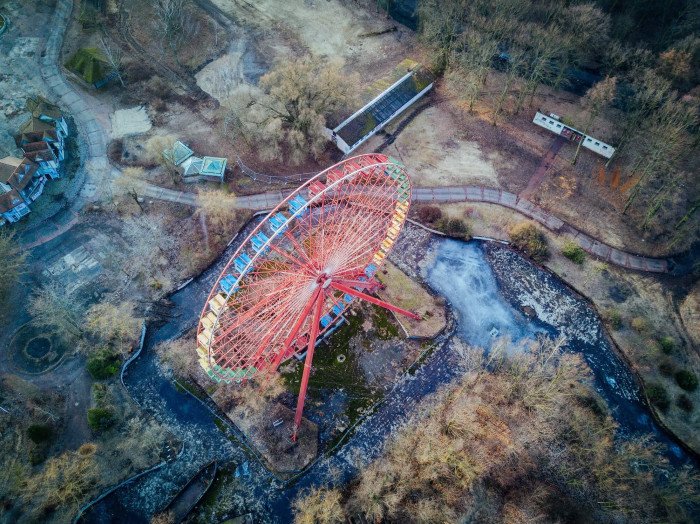
First, How Does a Drone Work
Drones can lift off and propel thanks to rotors. A set of blades push air down to get it into the air and keep it up and moving. Drones are made of lightweight materials that make carrying them and maneuvering them easy for the owner. They are guided with flight transmitters by the photographer or videographer on the ground.
There are primarily 2 types of drones; the ones with incorporated cameras and the ones to which you attach your own camera or smartphone. Features and components vary and affect the prices of the drones.
Drone technology is fast-paced and is constantly improving. Safety issues, image quality, flight transmitters, and operating systems are continually getting better.
Second, What Are Your Needs?
Prices for drones vary so much that it’s vital you know how and why you will be using your new flying toy. Before you set out to buy your first drone, you need to analyze your specific needs.

What will you be using your drone for?
Do you want to simply take photos around your house and neighborhood as a hobby, or do you want to take more professional landscape photos and possibly sell them?
Professional photographers tend to want to purchase drones that let them attach their own equipment to take videos and photos to have greater control over the quality of the images.
Do you want to travel with your drone?
Weight and size will be elements to consider. Some drones are equipped with a lighting system. If you intend to shoot at night, this may come in handy.
There are many things to consider and it’s crucial to do your research and shop around for the best drone that will suit your needs exactly.
Suggestion: If you are an absolute beginner, it is recommended to buy a cheaper drone to start off with. Once you are more skilled and have gained some experience you can move on to a more expensive and elaborate drone.
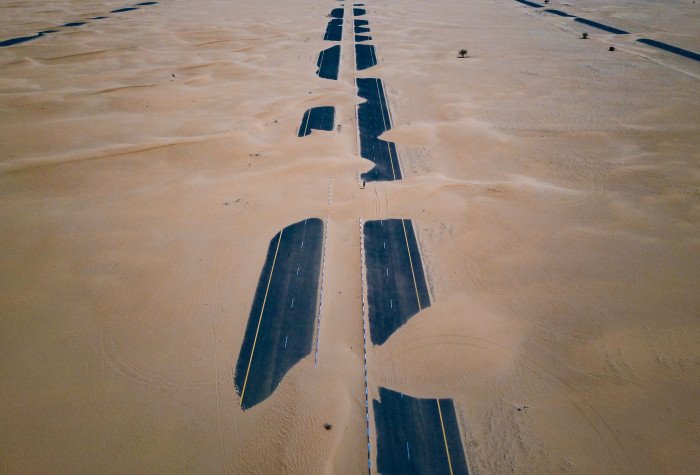
Now, Let’s Get You in The Air
Getting your drone up into the air is not as simple as solely learning how to fly it. There are many things to consider and learn before your first launch.
Learn all the Features
Once you’ve researched properly, shopped around, and acquired the right drone for your needs you must get into that instruction manual provided to learn every feature and component of your drone. Knowing your drone inside-out is your best key to success. Brands vary and the amount and quality of features offered in drones differ greatly.
Tip: You can also find helpful video tutorials on YouTube and other websites where drone owners go into every detail of a specific model. Play and pause as you go over the details of your drone.
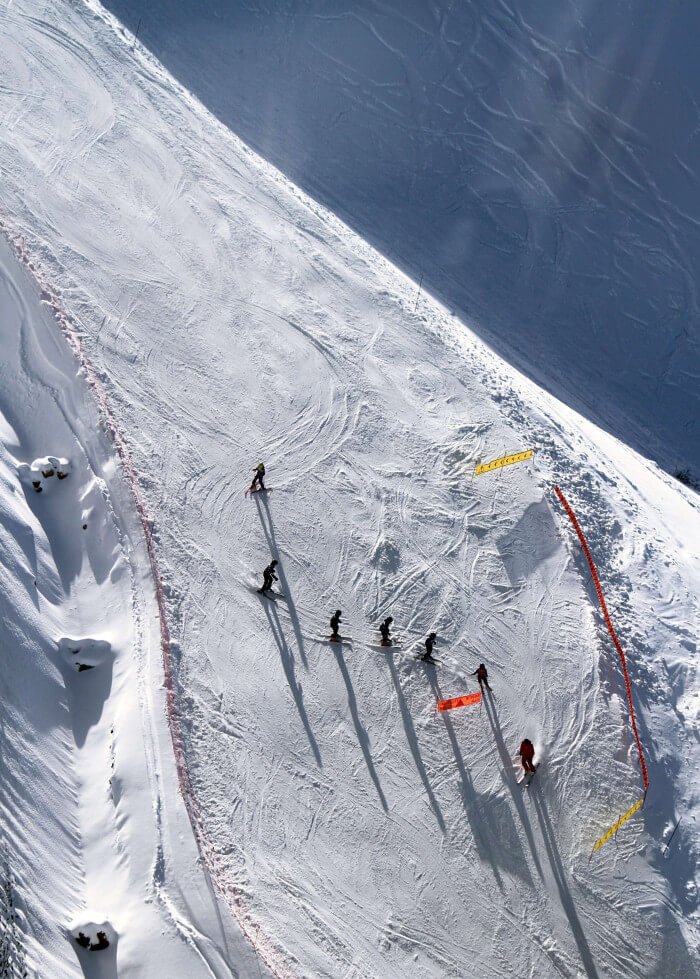
Rules, Laws, and Regulations
There are basic common-sense rules like not using your drone to spy on your neighbors, respecting privacy at private events, and trying not to scare wildlife while flying drones. But there are also regulated laws that prohibit flying drones in certain areas and airspaces. Thanks to a few recent drone collisions with buildings, new laws are being implemented frequently.
The laws surrounding these unmanned flying devices are continuously changing and you need to research the area you intend to fly beforehand to know what the established regional regulations are.
Tip: Some countries require a drone to be registered in order to fly it. Check with your country if you need to register your drone or not.

Test and Practice
Flying a drone for the first time may be scary and you may fear of crashing your brand new toy. If you prepare your flying and know your drone and flight transmitter well, you will minimize the chances of any accidents.
Most drones come with object detection and will not crash into buildings or other big objects if flown properly.
Go out into an open space with minimal trees, buildings, and empty of crowds to practice at first. Drone flying takes practice and you will notice over time your confidence level rise and the anxiety diminish. Also, staying low on your first flights is recommended.
Most entry-level drones can fly for approximately 10 minutes and the more expensive ones can fly for about 25 minutes. Check your manual to find out how much time your drone can stay up in the air.
Tip: Your drone probably has a Smart Mode feature. It’s wise to fly in this mode when getting started to make the drone fly in a more automatic way and less dependent on your flying skills.
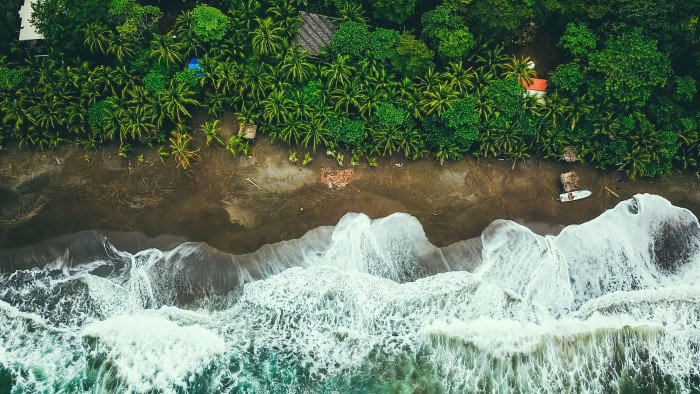
Prepare Fly Time
Taking your drone out to do some aerial photography takes some preparation. Make yourself a small checklist to be certain that you go out with everything you need.
- Check the Weather
You don’t want to end up in a rainstorm or with intense cloud formations where it will be impossible to fly your drone. Check the weather forecast before heading out.
- Check the Zone Where You Will Be Flying
Make sure it is safe and legal to fly your drone in your desired location.
- Charge all batteries
Make sure all batteries are fully charged. This means the drone and the flight transmitter. If you are using an app on your phone or tablet, make sure the battery is charged and the app is working well.
- Check Your Drone for any Physical Damage
Do a visual inspection of your drone before you head out. Check the propellers and motor for signs of wear and tear and also make sure that things are working properly by testing the motor.
- Prepare Your Camera
Set the ISO, shutter speed, and aperture on your camera beforehand if you can.
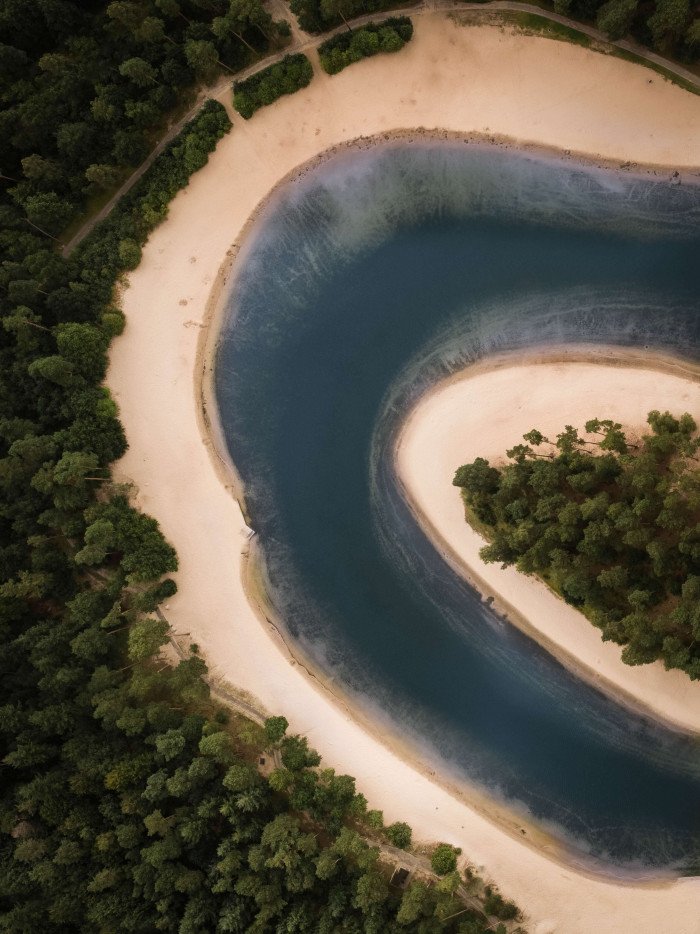
Photography First
Drones have become so widely available and are considered to be an amusing toy to have. One important factor seems to have been forgotten along the way, photography. Remember that you are preparing a photo shoot and you want to be as creative as you can and capture great photographs you can be proud of.
Before heading out and launching your drone into the air, take some time to think about what type of images you want to capture. Take into account all elements you normally would when you do your regular photography projects.
- Composition
Basic composition rules and aesthetics must be considered to achieve good photos. This is true in any photography style. Aerial photography included. Look for leading lines and think about applying the rule-of-thirds if you can with interesting elements.
- Light
Don’t forget that light is still one of the most important things in all photography. Choosing to shoot mid-day or choosing to shoot late day will impact your photographs. Imagine those long shadows that the late day sun provides. The golden hour and the blue hour are still relevant in drone photography and can provide you with astonishing shots!
- Patterns, Colors, Geometric Shapes, Textures
Look for interesting patterns, shapes, and textures that create stunning images. Observe the environment for any colorful element that can stand out and make your shot more interesting.
Tip: If you need some extra inspiration, take a look at our popular blog post on landscape photography composition rules.
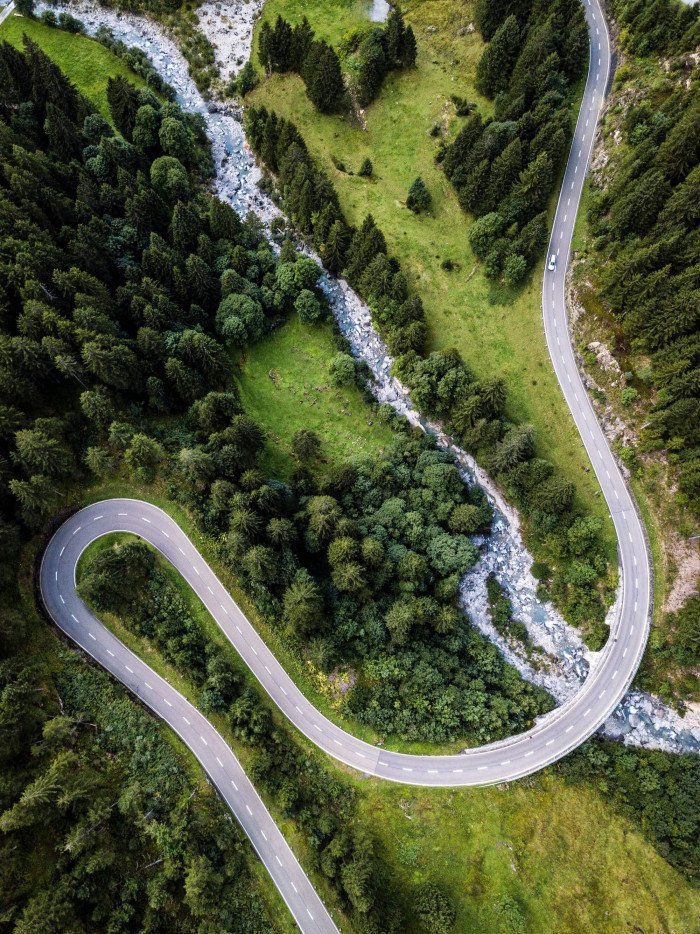
Extra Accessories
As with your DSLR or video camera, having a few extra accessories and gadgets during shoots can provide extra reassurance and also more fun.
- Extra Batteries
Carrying extra batteries in any photo project is always recommended, and this is especially true in drone photography. Carry as many fully charged extra batteries that you can afford. Remember that batteries drain faster in cold temperatures.
- Extra Propellers
The propellers on drones are quite fragile and can break or get lost easily. Purchase a few and throw them into your gear bag and have them handy if you need to change a damaged one.
- Propeller Guards
These are important to have for a few reasons. Firstly, they will protect the propellers if you accidentally bump your drone or get it stuck somewhere. Adding propeller guards can also prevent injuries to hands.
- Landing Pad
This is a cool gadget to have which will provide some safety for your drone landings.
- Gimbal Head
Attaching a gimbal to your drone will let you tilt the attached camera or video to give you access to more angles when shooting.
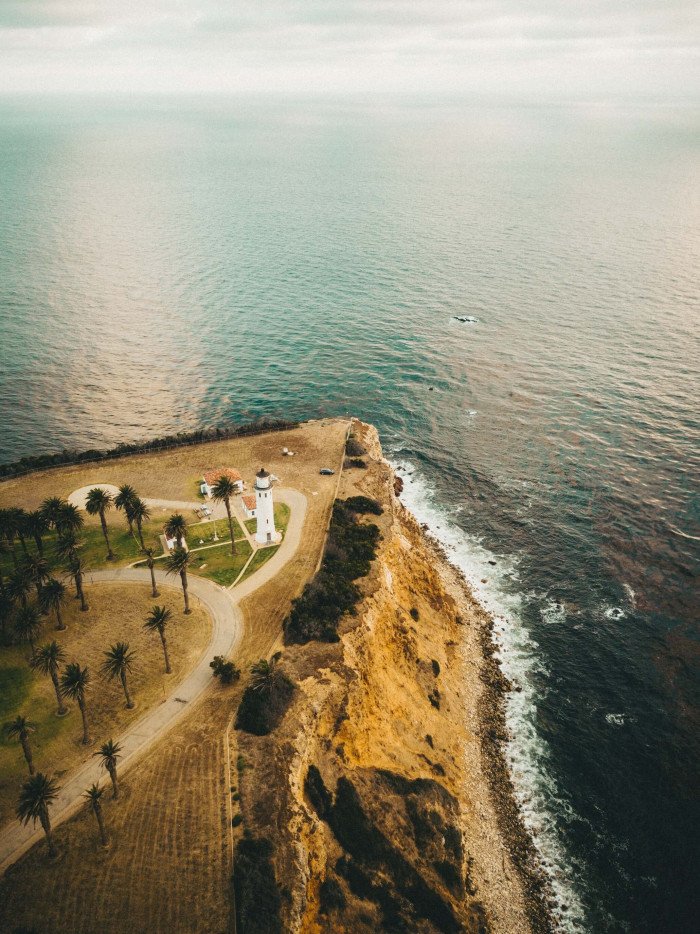
Editing
Now that you’ve got those great aerial shots, you will want to download them and eventually share them. You may have some shots that are good in composition but off on exposure or white balance.
Use a photo editor like Luminar to correct any imperfections in your images to make them look professional. You can also add filters and transform photos into black & white if you wish. Make your aerial photographs even more incredible!
Stay Connected
There’s a huge online community of drone photographers where you can gain access to more helpful information as you get more in-depth into your hobby. The best way to get skilled with your drone is to be very knowledgeable about its features and to get out there to practice.
Submit your photos to viewbug’s photo contest and win prizes.
They would love to see your aerial photographs taken with your new drone.

 Previous Post
Previous Post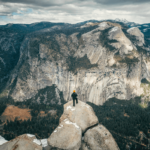 Next Post
Next Post